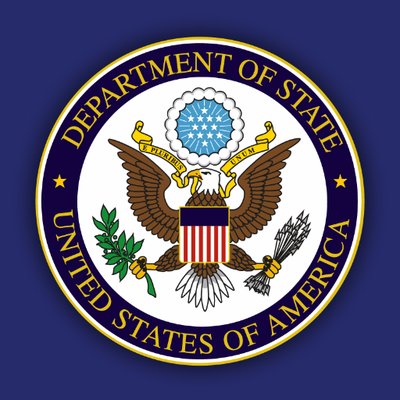After concluding a five day visit to the United States, Gen. Fan Changlong, vice chairman of the Central Military Commission, flew directly to Havana, Cuba, the first Chinese official of such high rank to travel to the island since Cuba and the United States began talks to normalize relations. Given Gen Fan’s rank, second only to President Xi Jinping who chairs the commission and serves as commander-in-chief, this is hardly a courtesy visit.
The arrival of Gen. Fan in Havana immediately unleashed widespread speculation about the triangular relationship between China, Cuba and the United States. Some items on his agenda can be discerned given China-Cuba relations in the past.
China and Cuba are longtime economic, military and political allies. With the collapse of the Soviet Union, China increased its footprint in Cuba through trade, loans and investments. In the past two decades Chinese-manufactured buses, refrigerators and electronic equipment, food and other goods are omnipresent throughout Cuba at a time of critical shortages. China has invested in Cuba’s nickel mining facilities, financed offshore oil exploration and built hotels and other tourism facilities on the island. Despite the miniscule nature of Cuba’s domestic market, China has extended loans and other aid to the Cuban government.
The Chinese presence in Cuba dates back to the 1840s. Coming as contract laborers, under conditions hardly different from slavery, the Chinese migrants eventually intermarried and became an integral part of a multi-ethnic and multi-racial society. Chinese troops fought in Cuba’s Ten Years War and the War of Independence. Many more came after political turmoil in the early 20th century, and eventually became known as Chinese Cubans or古巴华人. From the painter Wilfredo Lam to the ballet dance Yat-Sen Chang Oliva, Chinese influence in Cuba is pronounced. In cities like Havana, a significant number of Cubans claim Chinese ancestry. It is not the first time that countries so far apart and so different in size as Cuba and China have found their fates intertwined.
As a Cuban ally, the Chinese are clearly sending a message both to Havana and Washington that their support for the island nation will continue regardless of the normalization of relations. This is particularly important for the Cuban government since China is a rising power and an emerging player in the economies of Latin America. China is increasing its collaboration with CELAC (Community of States of Latin America and the Caribbean), and alternative to the OAS, which Cuba has presided over, that excludes the U.S. and Canada.
China, however, is principally interested in knowing the nature of the negotiation talks between Cuba and the U.S. As an emerging power in the Americas, military and political agreements that could affect China’s interests are predominant. Having invested significantly in Cuba’s ally Venezuela, for example, the Chinese government may want an assessment from the Cuban perspective of the strength or weaknesses of that government.
Venezuela received the single largest Chinese investment in the Americas, a $55 billion oil-for-cash scheme. The country is politically polarized, showing deep instability and is on the verge of economic collapse. Cuba’s intelligence services and military are deeply embedded in the Venezuela command structures and are aware of divisions in the ranks as well as the prospects of turmoil. Where China’s interests in Venezuela are concerned, Cuba is more likely to provide it with an accurate picture.
Cuba’s proximity to the United States is also of strategic importance. During the Cold War, the Soviet Union operated a signal intelligence post in the town of Lourdes, outside Havana. This listening post had the capacity to intercept message going to and from the United States, and some analysts believe it could also monitor commercial communication throughout the eastern coast of the United States until it was dismantled in 2001. With over 3000 Soviet operatives, the post was the largest such base outside of the Soviet Union.
Recently, as Russia wrote off 90 percent of Cuba’s longstanding debt of $35 billion, much of it dated from the time of the Soviet Union, the two countries agreed to the re-establishment of the listening facility. Access to signal intelligence concerning the United States would prove a serious asset to China’s military and security community. On the other hand, maintaining such a facility might be a stumbling block to further normalization of relations. Given rising tensions with Russia and a limited, but increasing, rise in tension with China, U.S. national security concerns could be compromised by the existence of a signal intelligence facility in Cuba.
More serious is Cuba’s public insistence during the negotiations that the United States return the naval base at Guantanamo Bay. This comes at a time when Russia has expressed an interest in establishing bases in the Americas, namely, in Cuba, Venezuela, and Nicaragua, among other countries. The prospect of a Russian naval base in the Caribbean makes Cuba’s insistence on the return of Guantanamo a deal breaker for the United States. China’s access is, similarly, a nonstarter.
These and a host of other issues were surely on Gen. Fan’s agenda. The framework of the new era of U.S.-Cuba normalization is being developed in talks in Havana and Washington. China, it appears, as an emerging power is defining its interests in the region and seems prepared to play a role shaping the future, even if it is behind the scenes.


